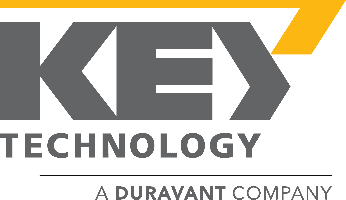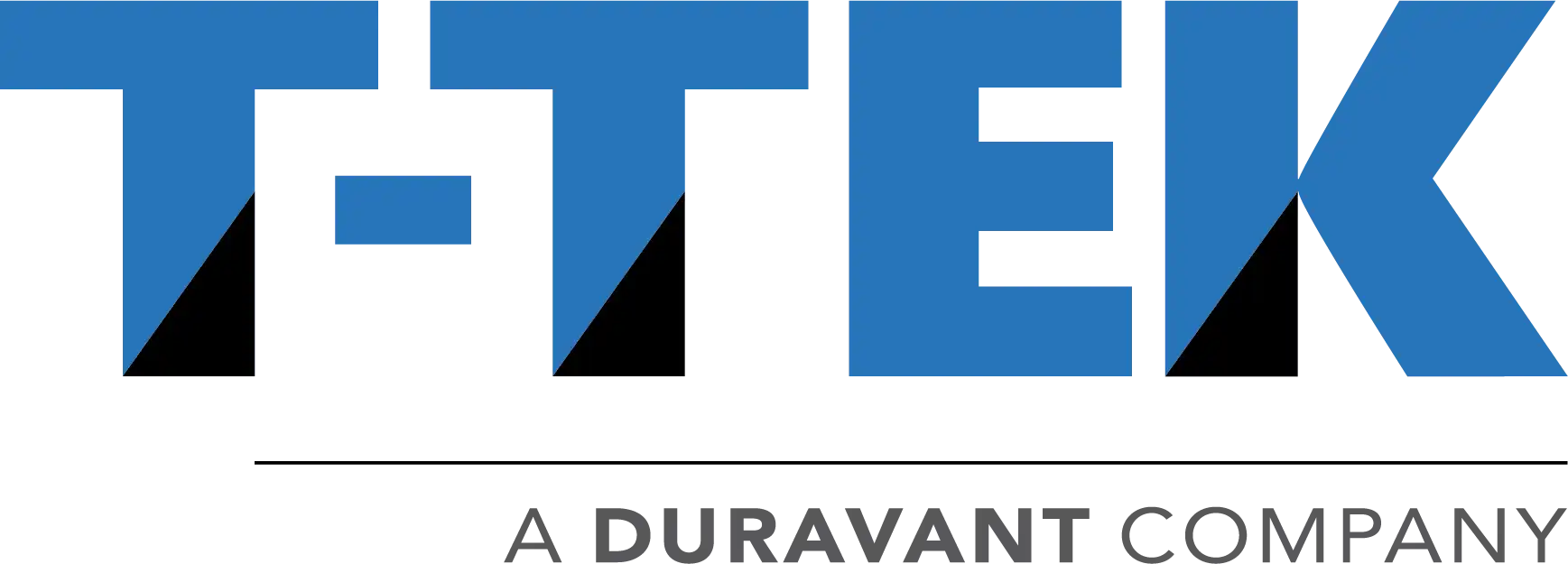Unlocking the Future: How Passive RFID Tags are Revolutionizing Inventory Management
In recent years, the integration of technology in inventory management has seen a remarkable transformation, with passive RFID tags at the forefront of this evolution. According to a report by IDTechEx, the global RFID market is projected to reach $14 billion by 2027, driven primarily by the increasing adoption of passive RFID tag solutions. These tags, which require no internal power source and derive energy from RFID readers, enable businesses to achieve greater operational efficiency, accuracy, and visibility in their supply chains.
A study by Zebra Technologies indicates that organizations utilizing RFID can reduce inventory inaccuracies by up to 30%, thereby minimizing costs and enhancing customer satisfaction. As industries ranging from retail to healthcare increasingly embrace passive RFID tags, it is evident that their role in revolutionizing inventory management is not only significant but also imperative for businesses aiming to thrive in a competitive marketplace.
Strategies for Implementing Passive RFID Tags in Inventory Management Systems
Implementing passive RFID tags in inventory management systems can significantly enhance operational efficiency. The first step involves conducting a thorough assessment of existing inventory processes to identify specific areas where RFID technology can provide the most benefit. It is essential to select tags that are appropriately suited for the types of products being tracked, taking into account factors such as size, material, and environmental conditions. This ensures that the RFID systems will function effectively and meet operational needs.
Training staff is also crucial for successful implementation. Employees should understand how to use RFID readers and software, as well as the advantages of tracking items in real time. Furthermore, integrating RFID with current inventory management software can streamline data collection, improve accuracy, and reduce human error. By leveraging these strategies, businesses can seamlessly incorporate passive RFID technology into their inventory management systems, thus paving the way for improved visibility, reduced losses, and enhanced decision-making capabilities.
Unlocking the Future: How Passive RFID Tags are Revolutionizing Inventory Management
| Dimension | Description | Benefits | Implementation Strategies |
|---|---|---|---|
| Efficiency | Streamlining the inventory process through automated data capture. | Reduces human error and saves time. | Conduct a pilot program to assess feasibility. |
| Cost Reduction | Lower operational costs through improved efficiency. | Decreases labor costs and operational delays. | Analyze current inventory costs to identify savings potential. |
| Inventory Accuracy | Real-time tracking of inventory levels and locations. | Enhances order accuracy and reduces stock discrepancies. | Train staff to use RFID technology effectively. |
| Data Analytics | Utilization of RFID data for inventory forecasting. | Improves decision-making with data-driven insights. | Incorporate analytics software for data interpretation. |
| Scalability | RFID systems can grow with the business. | Eases expansion and integration into existing systems. | Plan for future growth and technology upgrades. |
Understanding the Cost-Benefit Analysis of Passive RFID Technology in Warehousing
The cost-benefit analysis of passive RFID technology in warehousing reveals significant advantages that can transform inventory management practices. One of the primary benefits is the reduction in labor costs. Traditional inventory systems often rely on manual tracking methods, which are time-consuming and prone to human error. Passive RFID tags, however, enable automated tracking of items without the need for direct line-of-sight scanning, allowing for quicker inventory counts and real-time updates. This technology not only saves time but also minimizes discrepancies, ultimately leading to improved accuracy in stock levels.
On the cost side, initial investments in passive RFID infrastructure can be substantial; however, the long-term savings amplify these costs. Companies can expect to see reductions in inventory losses due to improved visibility and tracking capabilities. Moreover, enhanced data analytics provided by RFID systems can lead to better decision-making regarding stock replenishment and demand forecasting. As businesses increasingly recognize the value of efficient operations, the long-term benefits of adopting passive RFID technologies become increasingly evident, making it a worthwhile investment for future-oriented warehouses.
Key Industry Statistics on RFID Adoption Rates and Inventory Accuracy Improvements
The adoption of passive RFID technology has surged in recent years, with industry statistics showcasing remarkable improvements in inventory management across various sectors. Recent studies indicate that organizations utilizing RFID systems have reported inventory accuracy rates soaring to over 95%. This stark contrast to traditional inventory methods, which often suffer from inaccuracies between 60% to 80%, highlights RFID's transformative impact. The ability to capture real-time data allows businesses to streamline operations, minimize stock discrepancies, and enhance overall supply chain efficiency.
Moreover, the growth in RFID adoption rates is evident, with estimates suggesting that the global RFID market is projected to reach $38 billion by 2026, up from approximately $27 billion in 2021. This expansion is driven by the increasing demand for automation and precision in inventory management, as companies recognize the value of integrating advanced technologies. As industries embrace this shift, the enhancements in inventory tracking not only reduce losses but also foster a more responsive and agile operational framework, paving the way for a smarter inventory ecosystem.
Best Practices for Selecting and Integrating Passive RFID Solutions into Supply Chains
The integration of passive RFID solutions into supply chains can significantly enhance inventory management efficiency. According to a report by GS1 US, organizations utilizing RFID technology can achieve up to a 30% increase in inventory accuracy. This improvement stems from the ability of passive RFID tags to be read in bulk without a direct line of sight, drastically reducing the time spent on manual inventory checks.
When selecting passive RFID solutions, businesses should prioritize compatibility with existing systems. A study by Zebra Technologies emphasizes the importance of choosing RFID systems that seamlessly integrate with current inventory management software to leverage the full potential of real-time data. Additionally, investing in robust training for staff is crucial, as a well-trained team can effectively utilize RFID technology to streamline operations and reduce costly errors, driving overall productivity within the supply chain.
Future Trends: The Impact of Passive RFID on Retail Inventory Optimization and Customer Experience
The integration of passive RFID technology in retail inventory management is reshaping the landscape of operational efficiency and customer experience. By minimizing the need for manual stock counts, passive RFID tags allow retailers to achieve real-time visibility of their inventory levels. This automated tracking capability leads to significant reductions in out-of-stock scenarios, ensuring that products are always available for customers. Consequently, retailers can enhance their service quality, increasing customer satisfaction and loyalty.
Additionally, passive RFID systems are pivotal in personalizing the shopping experience. By leveraging data insights gathered through RFID, retailers can analyze customer behavior and preferences, allowing for tailored promotions and product placements. This data-driven approach not only optimizes inventory turnover but also adapts to changing consumer needs, creating a more engaging and relevant shopping environment. As passive RFID technology continues to evolve, its impact on inventory optimization and customer experience will likely expand, setting a new standard in the retail industry.









